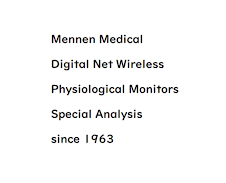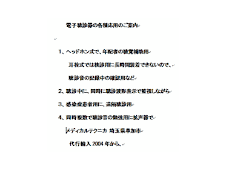Tuesday, December 10, 2013
improvements to damaged cardiac motion
High-Frequency Ultrasound Confirms Stem Cells Grafted in Beating Mice Hearts Restores Normal Rhythms Mayo Clinic researchers use advanced ultrasound software to document microscopic, regenerative improvements to damaged cardiac motion for published study TORONTO, Canada –October 10, 2013 – Using high-frequency ultrasound and special cardiac-assessment software by FUJIFILM VisualSonics, Inc., researchers have been able to implant engineered stem cells into the damaged heart tissue of mice and, over time, observe the regeneration of healthy cardiac rhythms. Following a heart attack, scarred and infarcted (dead) tissue can interfere with the heart's ability to regain its regular synchronized motion. Findings, published in the September issue of the Journal of Physiology, by Mayo Clinic researchers reveal that, when mice underwent the grafting of stem cells—specifically, induced pluripotent stem (iPS) cells—into their damaged hearts, cardiac motion was resynchronized. "A high-resolution ultrasound revealed harmonized pumping where iPS cells were introduced to the previously damaged heart tissue," says Satsuki Yamada, MD, PhD, first author of the study: Induced pluripotent stem cell intervention rescues ventricular wall motion disparity, achieving biological cardiac resynchronization post-infarction (Yamada S, Nelson T, Kane G, et al., Journal of Physiology 591 (17), 4335-4349). This first time discovery offers a significant step towards validating the potential in stem cell-based regenerative solutions to cardiac dyssynchrony. It was captured in ultrasound imaging and hard data through "speckle tracking echocardiography" made possible by VevoStrain™ - an Advanced Cardiac Analysis Software manufactured by VisualSonics of Toronto, Ontario. This software provides advanced imaging and quantification capabilities for studying sensitive movements in heart muscles and is the only commercial cardiac-strain package optimized for assessing cardiovascular function in preclinical rodent studies. Dr. Yamada and her co-researchers utilized this highly specialized software during the implantation and observation of the stem cells within the beating mice hearts. The software documented the following: Regional and overall (global) heart wall motion tracking in circumferential, radial and longitudinal directions Measurements throughout cardiac cycle of displacement, velocity, strain and strain rate Left ventricular function quantification across both long and short axes in 2D By analyzing the data (specifically, measuring strain rate and time to peak analyses in systole), researchers were able to confirm that the irregular rhythms were corrected in those hearts engrafted with the iPS cells: homogenous wall motion was recovered; cell-mediated correction of dyssynchrony and discoordination occurred; and abnormal post infarction ultrasound speckle patterns were normalized. The VevoStrain software augments high-resolution imaging capabilities of the Vevo® 2100 Imaging system manufactured by VisualSonics for preclinical, in vivo research. VisualSonics regularly attends conferences within the medical and scientific research industry, such as the annual American Heart Association (AHA) Scientific Sessions where visitors can see the VevoStrain software tool in action at the company's booth. - See more at: http://www.visualsonics.com/news-releases.php?utm_campaign=70140000000muZq&utm_medium=Email&utm_source=Eloqua&article=1680&elq=85f71c820ffc4870a468444b95632372&elqCampaignId=4799#sthash.haE4Eh2s.dpuf
Subscribe to:
Post Comments (Atom)

















No comments:
Post a Comment